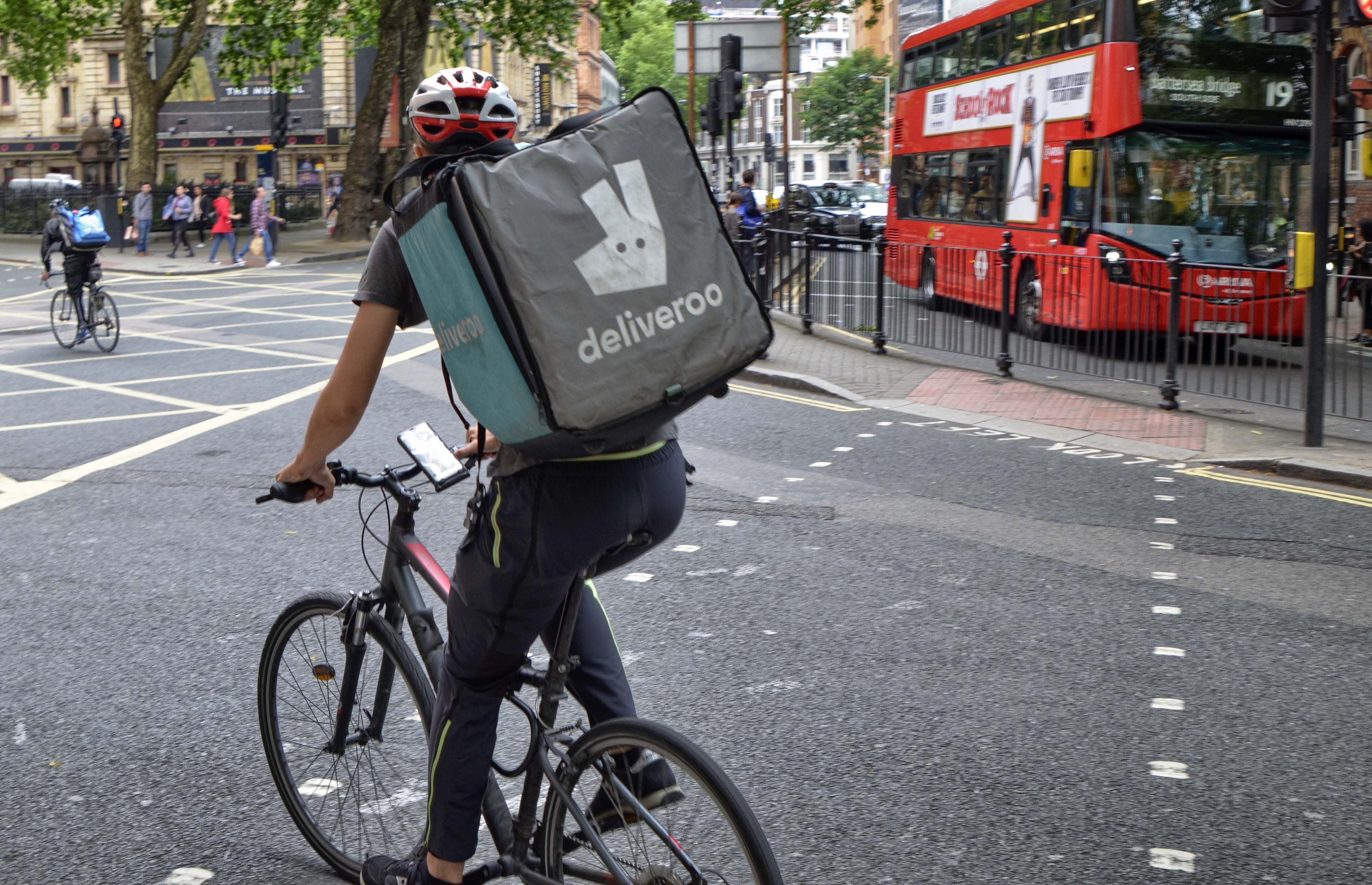
Predicting trends in the food sector can be tricky. Tastes and demands inevitably change. But some of the current movements in the market are clearly not just passing fads. That is why global information company, the NPD Group, has boldly identified five trends that will shape Britain’s £56 billion out-of-home food service industry in 2019.
Entertainment and delivery partnerships
A large number of people are now cocooning themselves at home, curling up on the sofa to watch a Netflix series, while ordering a Deliveroo on their mobile devices. This is becoming so commonplace that the NPD Group predicts we could see foodservice brands partnering with the in-home entertainment providers.
“This joining up of big brands, like Amazon, Sky or Netflix with the likes of Just Eat or Deliveroo is certainly a realistic prospect,” insists Dominic Allport, insights director at the NPD Group. “It is a way of driving re-enforcement with consumers, keeping them loyal and giving them rewards.”
Allport points to the fact that these food delivery aggregators and the digital streaming sites have so much data that it will mean they can pinpoint and target key customer segments and tailor their reward schemes to suit individual needs.
It would appear to be a natural fit. “You can imagine in the middle of watching a Netflix film having a little advert pop up to activate your Deliveroo app to whet your appetite while you’re in mid- stream,” says Julian Edwards, owner of GY5 Limited and past chair of FCSI UK & Ireland.
Virtual restaurants
This delivery boom is driving another trend: virtual restaurants. The likes of Just Eat, Deliveroo and Uber Eats often trade from an industrial estate rather than a traditional rental location, although virtual restaurants can also be run from under-used conventional restaurant premises. A core appeal is that they can begin trading quickly, are relatively cheap to run and are flexible, aided by a lack of overheads. Deliveroo already has around 400 virtual restaurants.
“They are not restaurants in the traditional sense,” says Matthew Merritt-Harrison, the newly-appointed chairman of FCSI UK & Ireland. “They are just a cheaper route to market and help fuel the convenient, delivery services.”
One of the underlining concerns, though, of this growing trend for on-demand, convenient food (and entertainment) delivery is the noticeable increase in our couch potato style of living. Plus, consumers are ordering food from outlets they might not have seen first-hand, and so there’s the potential problem of quality and hygiene.
“You look at some of the food venues with Just Eat signs hanging in the window and you have to worry,” warns Edwards. “It’s also probably laden with fat and sugars, so sitting slumped in front of a screen eating – that can’t be good for your health.”
Menu transparency
This jars somewhat with another of the NPD Group’s trends about consumers demanding greater transparency about the contents and source of the food they consume and its impact on their health and the environment.
The latest concern doing the rounds is palm oil in food products and the fact that rain forests are being chopped down to produce it. While, the plastics debate rolls on.
“This is huge, especially the issue of straws and single use recycling products,” agrees Merritt-Harrison. “But going forward, there will be greater concern within the sector about food waste and its impact on the environment. You look at restaurants offering 50% off a second product on the same plate and it’s dangerous because it means larger portions, which isn’t good for people’s health, and waste left over.”
As well as environmental concerns, people are also “having to contend with socioeconomic and political problems in this country,” adds Allport. “Interestingly, it is the uncertainty of the economy that is partly to blame for people cocooning themselves indoors. That said, people are definitely eating less meat.”
Vegetarians, vegans and flexitarians
This brings us to the next trend – the rise in vegetarians, vegans and now flexitarians (those who dabble in both). “With growing demand, we’re seeing more interesting vegetarian and vegan options on menus, rather than just vegetable burgers,” insists Allport. “We’re particularly seeing strong, spicy flavours coming through, with food from Africa proving popular and Japanese tapas emerging.”
Allport believes there will be a period of experimentation and innovation, particularly with exotic vegetables, as food service providers find out which products and meals work best. “However, they’ll be conscious they don’t want to overcomplicate their kitchens and supply chains, and so will try to figure out the top three or four selling vegetarian and vegan dishes and probably stick to them,” he argues.
Slimmer menus
This again ties to the next trend, which is simplification of menus. In the face of fierce competition, operators are trying to innovate and appeal to everybody, but this can lead to crowded menus. Those who are likely to succeed will establish a reputation for a specific cuisine, style or experience.
“If you become a specialist, such as in vegetarian Asian food, you’re going to stand-out,” insists Merritt-Harrison. “Plus, the amount of food, costs and labour needed will be lower.”
The last of these will prove particularly important in 2019 as Brexit (potentially) comes into force. “I am extremely concerned about this as the industry is dependent on staff from the European Union,” stresses Merrit-Harrison. “If they decide to go back home or the pool of staff coming in doesn’t continue, then there will be huge problems. I don’t see in the UK a pool of staff ready to take their place.”
Chris Evans
